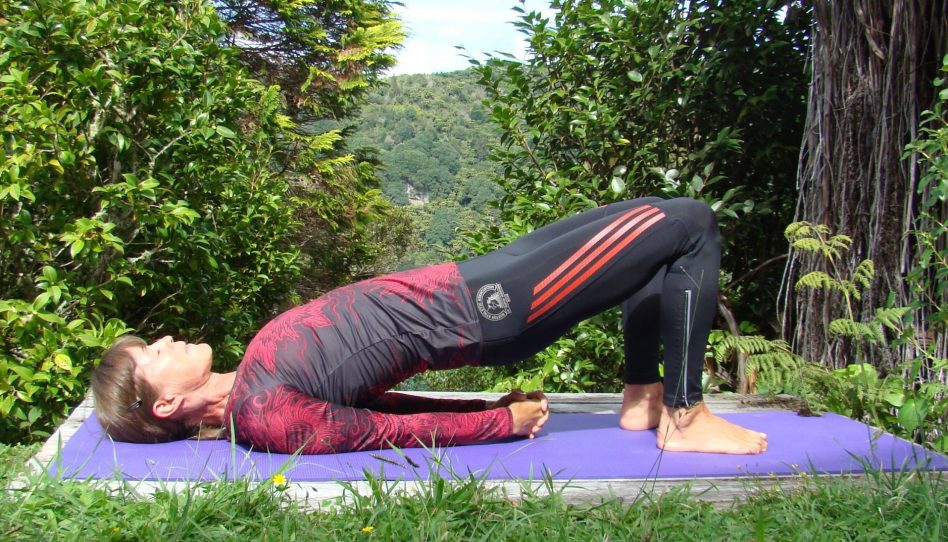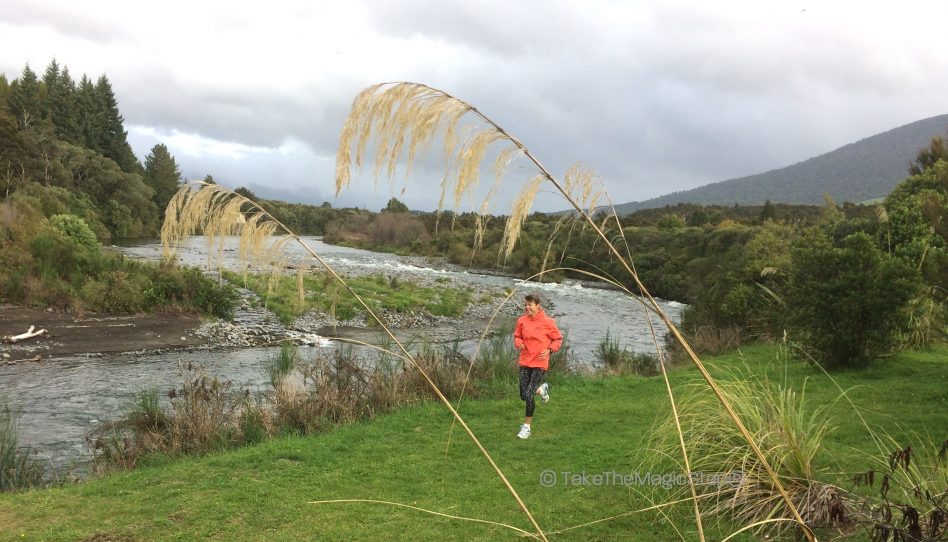Nutrition: A Vital Element of Your Marathon Preparation. Part II — Post-Exercise Nutritional Routine and Hydration
Dear Friends,
Many of you are already familiar with the benefits of a good post-exercise nutritional routine, as well as the importance of proper hydration. Both are prudent measures we automatically focus on while participating in any sport. I thought today’s message could serve as a reminder, and maybe you can also find some new aspects which are worth integrating into your current training process. In Part I, I highlighted some details of your diet, especially increased intake of the right carbohydrates, and discussed a few points about a healthy breakfast as well as nutritional ideas for the last few hours before your marathon. These can be combined with the information in Part II below.
Recovery Window
A good and well-planned post-exercise nutritional routine will help you to speed up your recovery after working out and give back important nutrients used by your muscles during strenuous activity. Taking advantage of the so-called “recovery window” will be a great help. This is the period immediately after prolonged exercise, when the muscle enzymes that support glycogen production — the primary fuel your muscles relied on during your workout — are elevated.
Keep in mind that during the first 30 to 45 minutes immediately after your workout your muscles can absorb 50 percent more glycogen than at any other time.
So the best things to eat right after a workout to replenish your muscles’ energy stores — preferably during the first 30 minutes — are similar to what you ate before it. This means placing an emphasis on easily digested carbohydrates, like melon, mango, and banana, in combination with some protein. The sooner you are able to take in these calories, the more glycogen your body will produce, and the sooner you will be returning your muscles to their normal state.
Research also has shown that a little post-exercise protein helps your muscles absorb more glycogen (at a ratio of 4 to 1 — that means four parts carbohydrates to one part protein). During the “recovery window,” while your stomach may still be a little unsettled, a good choice would be a smoothie — it is easily digested, has a little protein (whey protein), and is rich in carbohydrates (banana, mango, berries, pineapple). My suggestion is to use 10 to 15 grams protein, four times more carbohydrates, and as much water as you like to make your smoothie super tasty. In addition, please drink some water immediately after exercising and before you enjoy your recovery drink.
There is another component you may consider incorporating into your training routine. Further research demonstrates that your muscles absorb more glycogen already during your workout. So hypothetically, having a recovery drink while you are running would be beneficial. In most circumstances, of course, that is not practical — but if you have the chance to run on a treadmill in the gym it is something you might be able to take advantage of.
Hydration
You are training harder and longer now, and already you are paying more attention to hydration. Hydrate well before, during, and right after your workout — especially during and after your longer runs, interval programs, and tempo runs.
It is easy sometimes to overlook the fact that you will have to drink during your longer runs. If you are already addressing this crucial need, you are ahead of the game. Practicing proper hydration will get your body accustomed to it. That is not so easy for everyone and it takes time to feel comfortable. With some planning, you can either find a really nice friend to follow you in a car or on a bike, or do it yourself by positioning bottles along your route, spaced about three miles or 5K apart. Sometimes a loop course helps since you can leave more than one bottle at each stop along your route. Maybe place them nicely hidden behind a tree and make sure you cover the bottles when it is very cold outside. Then, before swallowing, keep the water in your mouth for a few moments to warm it up a little.
Learning to drink “on the run” will prepare you for conditions you will face in the marathon and will give you an advantage on race day.
The question often arises: what is best to drink? It will be helpful to find out well in advance which sports drink will be provided during the race. Experiment with it in your training, and determine whether you are comfortable with it. Perhaps you may feel you need to dilute it with some water, which can be accomplished by taking a cup of sports drink and a cup of water at roadside stations during your event.
Proper hydration throughout the day is essential as well. How much water the body needs each day is not an exact science and will vary from person to person. But there are useful general guidelines. We discuss them in an article written by my nutritional advisor, Dieter Hogen, with research provided by Janett Walter, the nutritional scientist of Take The Magic Step®. Here is the link where you can find the information. When you open the article go to the bookmark: “How Much Water?”
We also recommend drinking 1 to 2 cups of water first thing in the morning, preferably with a little fresh lemon squeezed in. Throughout the rest of the day, keep drinking small amounts of fluids to ensure proper hydration.
Make sure to drink more fluids on days when your running activity increases. Depending on the weather and intensity of training, you may need as much as one to two liters more. Test what works best for you.
I hope you can develop a comfortable nutritional routine before and after your workouts and, of course, before and after your marathon. If you would like to check out more breakfast ideas — especially some delicious oatmeal and muesli recipes — see the article “Kick Start Your Day.” Also, you can find nutritional suggestions for the last few hours before your marathon in the article “Two Days before the Marathon.” Click the bookmark “Nutrition” and scroll to paragraph 5: “On race morning, the same rule… .”
Try out your chosen breakfast routine before a short run. If it suits you, test it before increasingly longer runs until you feel comfortable with a nutritional strategy you can use on your marathon day. The upcoming long runs and tempo workouts will give you enough time to find out what works best for you.
I wish you all the best for good fitness and training.
Keep running,

Reading Suggestions:
Updated June 21, 2017
Updated January 31, 2014
Posted March 10, 2013
- Posted January 31, 2014
© Copyright 2013-2025 by Uta Pippig. All Rights Reserved.
More Insights

Uta’s Favorite Exercises to Improve Your Fitness and Running Technique
Uta Pippig has designed an at-home fitness program which only uses your own body weight, steps, and a Theraband. They are eight exercises that Uta often does herself.
Uta’s Yoga and Stabilization Guide for a Better Running Technique
Runners, especially, can benefit from a well-balanced yoga and stabilization program. Uta suggests effective combinations of poses and exercises that have helped her gain the flexibility and balance that can lead to a better running technique for everyone.
How a Clever Mental Focus Can Get You Through Running Injuries
Running injuries can be devastating, but learning to focus mentally can speed up the healing process. Uta explains how the forced break from running can actually provide future benefits.